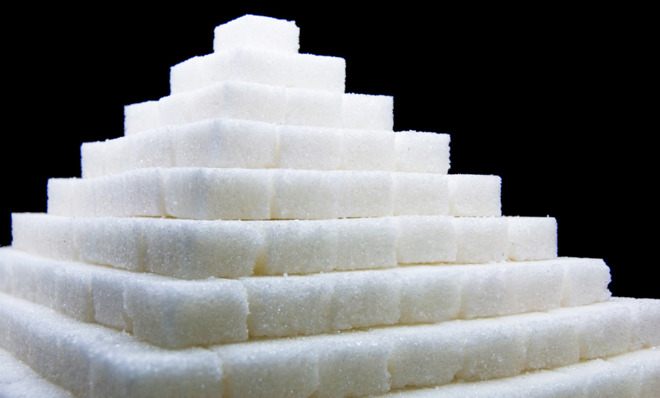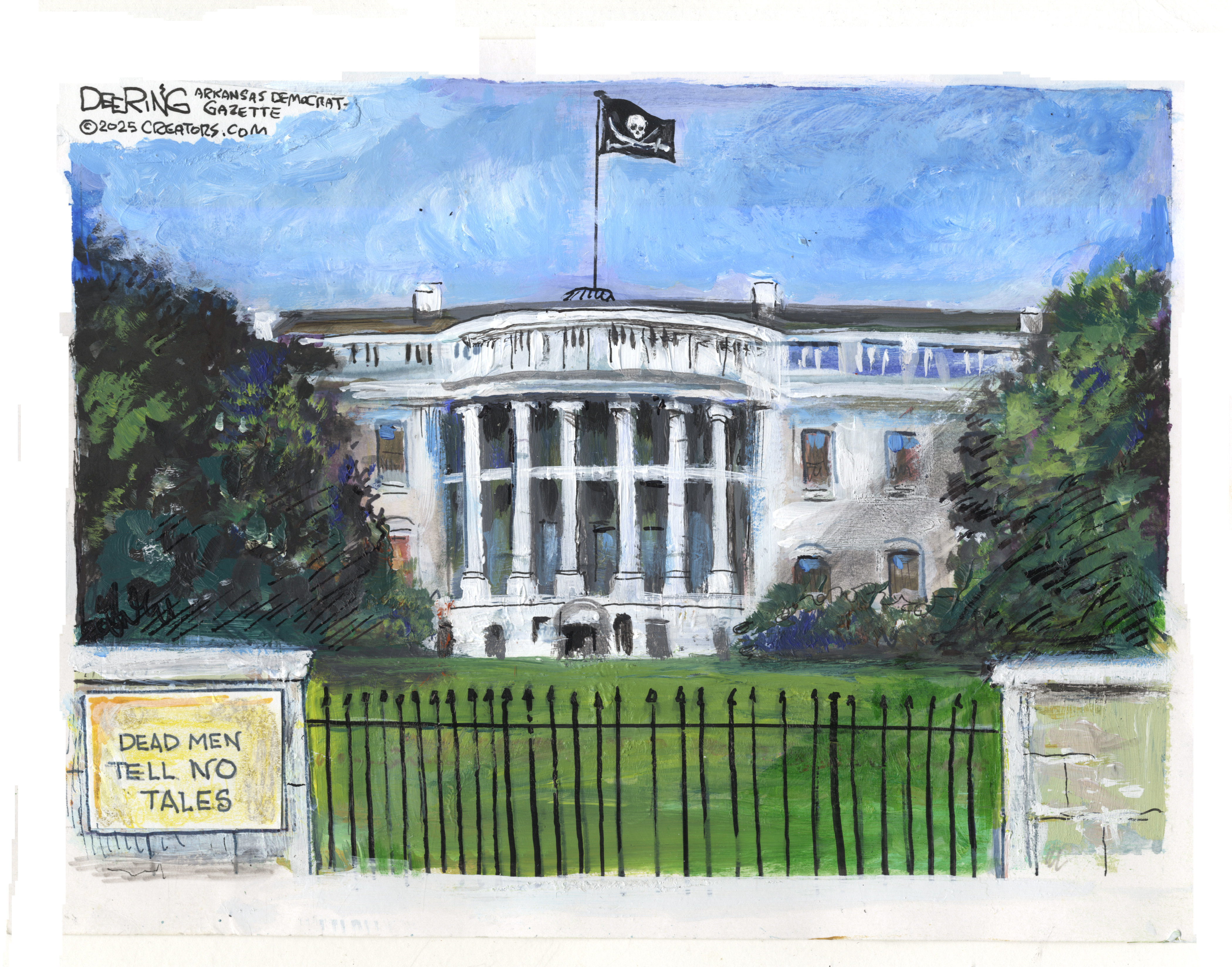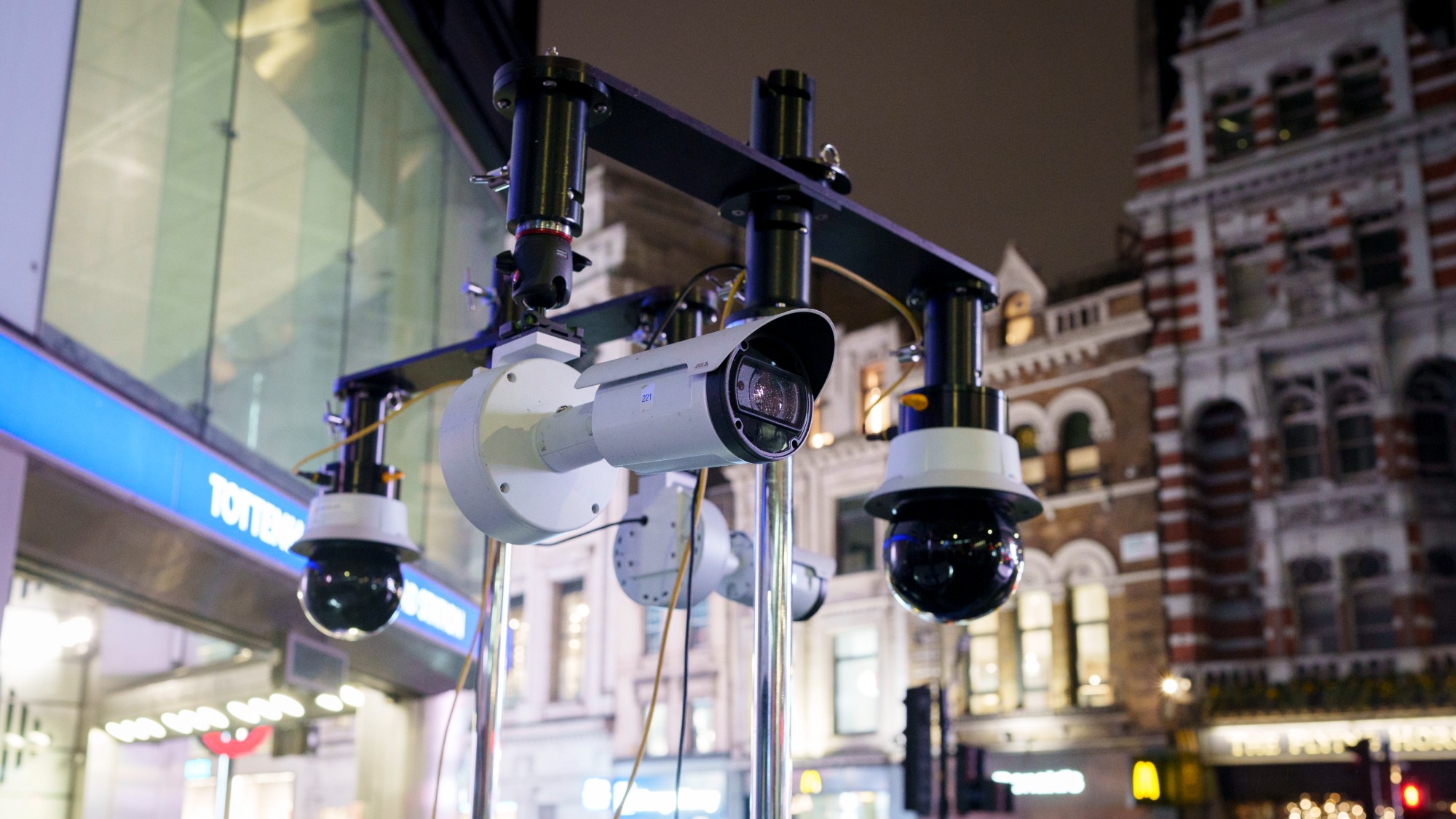The persuasive power of the sugar cube pyramid
Researchers have found a simple way to convince consumers to think twice about soda


With New York City's ban on jumbo-sized soft drinks officially dead, it's clear that any reduction in consumption of these obesity-promoting beverages will need to be a matter of persuasion rather than law. Fortunately, a research team has found a simple way to convince consumers to think twice before taking their next swig of soda.
Their method is to show people just how much sugar they are consuming per can through the use of an easily understandable visual device: A pyramid of sugar cubes.
This "concrete representation" of an otherwise abstract calculation such as "70 grams of sugar" reduced the attractiveness of these drinks, and, in an experiment, made people less likely to select them over sugar-free options.
The Week
Escape your echo chamber. Get the facts behind the news, plus analysis from multiple perspectives.

Sign up for The Week's Free Newsletters
From our morning news briefing to a weekly Good News Newsletter, get the best of The Week delivered directly to your inbox.
From our morning news briefing to a weekly Good News Newsletter, get the best of The Week delivered directly to your inbox.
As a research team led by the University of Alabama's John Milton Adams writes in the journal Appetite, the results suggest vivid, accurate imagery can "empower consumers to make their own responsible decisions."
One of their experiments featured 109 people who were recruited to participate as they passed by a table near the campus center of a northeastern university. After reporting how many sugary soft drinks they consumed per month (16 who said "none" were excluded), they were invited to take one 12-ounce can, choosing between 12 sugar-sweetened drinks or six sugar-free varieties.
One day, each sugar-sweetened beverage was displayed behind a sugar cube pyramid, along with a sign that read "This beverage contains x grams of sugar. This is what x grams of sugar looks like." Another day, the cans were simply accompanied by a sign reading "This beverage contains x grams of sugar."
It turned out the pyramid had power. Those who simply read the information were nearly three times more likely to choose a sugary drink than those who viewed the visual aid.
A free daily email with the biggest news stories of the day – and the best features from TheWeek.com
In another experiment, 109 undergraduates completed a test in which they converted numbers, such as miles to kilometers, U.S. dollars to euros, or — for one group of participants — the number of sugar cubes with the total amount of sugar they contain. (They were told that one cube contains about 2.5 grams.) All then chose a soft drink as a reward, ranging from a bottle of water to a can of Sunkist orange drink featuring 85 grams of sugar.
Among those who completed equations not concerning sugar, 69 percent chose a sugary beverage. But among those who had just been calculating sugar content, only 48 percent did. The realization of how quickly sugar consumption can add up apparently dampened their interest in the product.
Importantly, half of the study's participants also took a quick quiz that served as a reminder of the health risks associated with excess sugar consumption. The researchers found this direct information did not deter them from choosing sugary drinks.
While it's not clear why, the researchers note that a "fear appeal" often elicits defensiveness, which can negate the effect of explicit warnings. In contrast, making clear just how much sugar you are putting into your body — either by quick calculations, or a visual tool such as a sugar-cube pyramid — can effectively prompt more considered choices.
Adams and his colleagues conclude by noting that "the idea that people adjust their consumption decisions in response to concrete images of the substances that they are putting into their bodies" could be extended beyond sugar. Indeed, it's not hard to come up with visuals that make one want to head for the salad bar.
"The fat grams in a Five Guys Bacon Cheeseburger and Fries Meal," they note, "can be concretized as 28 teaspoons of lard."
Pacific Standard grapples with the nation's biggest issues by illuminating why we do what we do. For more on the science of society, sign up for its weekly email update or subscribe to its bimonthly print magazine.
More from Pacific Standard...
-
 Political cartoons for December 14
Political cartoons for December 14Cartoons Sunday's political cartoons include a new White House flag, Venezuela negotiations, and more
-
 Heavenly spectacle in the wilds of Canada
Heavenly spectacle in the wilds of CanadaThe Week Recommends ‘Mind-bending’ outpost for spotting animals – and the northern lights
-
 Facial recognition: a revolution in policing
Facial recognition: a revolution in policingTalking Point All 43 police forces in England and Wales are set to be granted access, with those against calling for increasing safeguards on the technology